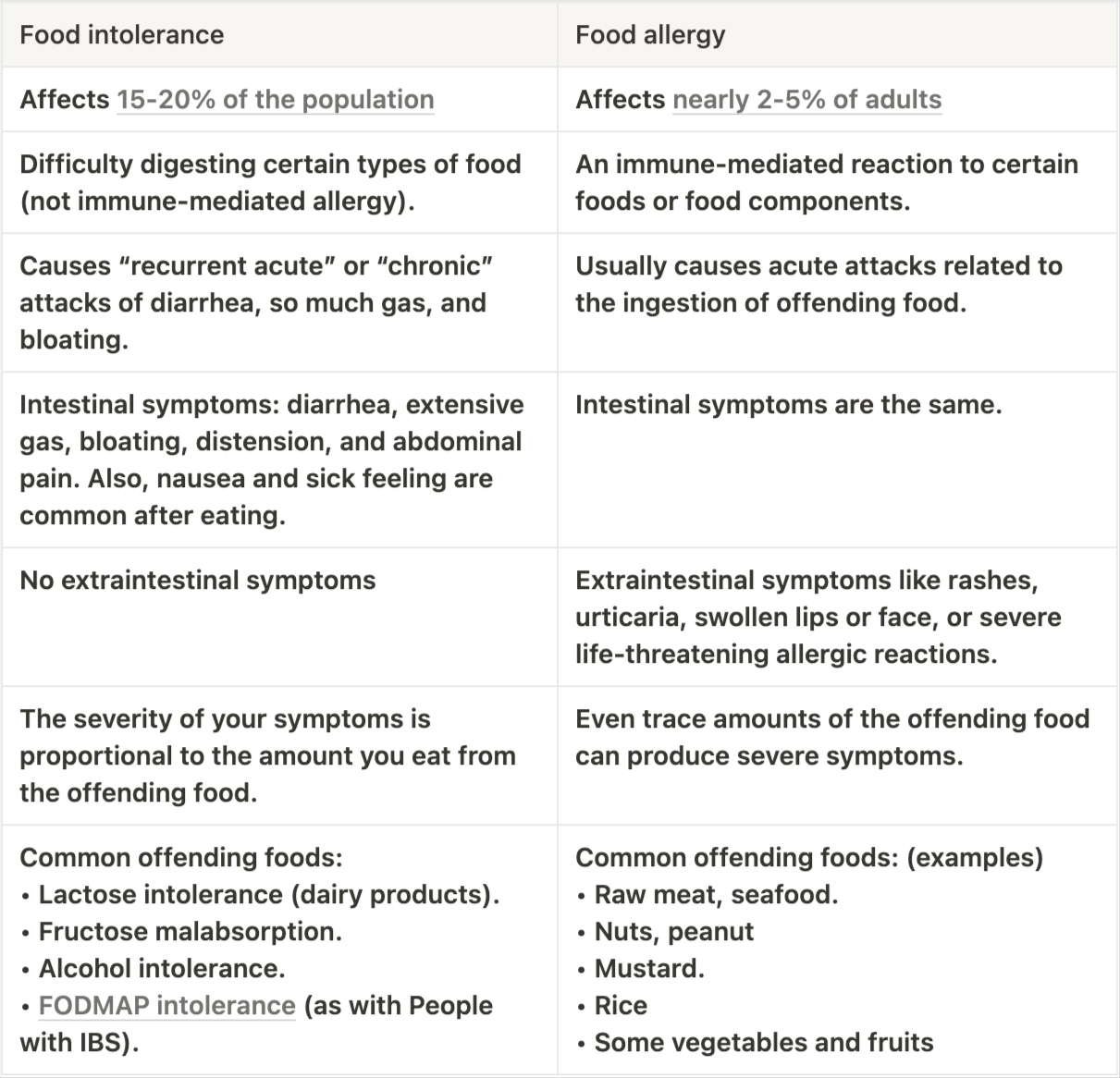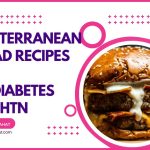5 Main Causes of Throwing up Feeling after Eating (Although Hungry).
Our content is not intended nor recommended as a substitute for medical advice by your doctor. Use for informational purposes only.
Feeling like throwing up when you eat (although hungry) can be either acute or chronic (recurrent). The most common cause of acute vomiting when you eat is infections such as stomach flu.
On the other hand, chronic or recurrent nausea (feeling like you are going to throw up) is numerous. The most common causes are:
- Chronic gastritis or peptic ulcer disease.
- GERD.
- Gallbladder diseases,
- hormonal changes (in females) as with pregnancy.
- Stress or anxiety situations.
- Food allergies and/or intolerance.
- Some medications.
1. Acute gastroenteritis.
Acute infections of the digestive system are one of the most common diseases all over the world. Several organisms can cause gastroenteritis. Examples include:
- Viruses (most common): norovirus and rotavirus.
- Bacteria: such as salmonella and E. coli.
- Protozoa: such as giardiasis.
Viral infections of the stomach (stomach flu or acute viral gastroenteritis) are one of the most common causes of nausea (feeling like vomiting) in adults and children.
Viral gastroenteritis often starts with a loss of appetite (anorexia). But as time passes, you will eventually become hungry and feel like you will throw up when you eat.
The feeling of nausea is often persistent whether you are hungry or not, and it may progress to vomiting.
Symptoms of stomach flu:
- Acute onset nausea (feeling like vomiting, the feeling of vomiting is aggravated when you eat).
- Vomiting may also occur.
- Loss of appetite may also occur, but you may feel hungry and nauseous simultaneously.
- Abdominal colics.
- Acute onset diarrhea (watery, often yellowish).
- Headaches.
- Fatigue.
- Muscle aches.
- Low-grade fever may also occur.
- Signs of dehydration from severe diarrhea and vomiting may occur in infants or the elderly:
- Extreme thirst sensation.
- Dry mouth (scanty saliva) and dry eyes (scanty tears).
- Peeing too little (oliguria).
- Fast heartbeats.
- Dizziness, lightheadedness.
- Confusion and coma in severe cases.
Stomach flu is often a self-limiting illness that typically lasts 1 to 3 days.
No specific drugs can kill the virus. And the treatment is only supportive with:
- Good hydration (water).
- Eating bland, easy-to-digest foods: The BRAT diet is the most commonly recommended for gastroenteritis (BRAT stands for bananas, rice, apple sauce, and toast).
- Avoid caffeine, a high-fat diet, and spicy foods.
- Age extremities (the infants and the elderly) are the most vulnerable to complications such as severe dehydration; see a doctor if there is persistent vomiting or signs of dehydration.
2. Gastritis or peptic ulcer disease.
Gastritis is an inflammation of the lining of your stomach. The inflammation of the gastric mucosal lining is common and occurs to various causes.
Eventually, some patients with gastritis may have a stomach or duodenal ulcer (a breakdown in the lining tissue of the stomach or duodenum).
Patients with gastritis or peptic ulcer disease often suffer from nausea. You will eventually become hungry when you stay without eating for several hours because of nausea and pain.
Eating will trigger gastritis or peptic ulcer symptoms which may lead to nausea and feeling like vomiting when you eat (although you are hungry).
Symptoms (how to suspect gastritis or peptic ulcer disease):
Gastritis and peptic ulcer disease commonly cause epigastric burning or growing pain. However, the pain may be absent in patients with peptic ulcer disease (reference).
Patients with peptic ulcer disease (especially stomach ulcers) may feel like they will vomit (severe nausea) when they become hungry and eat.
Symptoms of gastritis and PUD) include:
- Pain: mainly in the upper central abdomen (epigastric area), but it may be absent.
- The pain is often burning or gnawing in nature.
- Nausea: may be continuous or only when you eat.
- Vomiting may also occur.
- Loss of appetite may or may not be present.
- Constant indigestion.
- In patients with stomach ulcers, bleeding may cause vomiting blood (hematemesis) or passing black stool (melena).
The table below summarizes the symptoms and differences between the two main types of peptic ulcers (gastric and duodenal).
| Duodenal Ulcer | Gastric Ulcer |
|---|---|
| The primary pain is in the epigastric area and may spread to the left or right hypochondrium and the back. | The same pain locations and radiations. |
| Often improved by eating. | Often aggravated by eating. |
| Good appetite, with normal or overweight. | Loss of appetite is often associated with weight loss. |
| Pain starts later after eating (two to four hours after meals). | Pain starts shortly after eating (within one to two hours) |
| The pain is often episodic (comes in short-lived attacks). | The pain is often persistent for long hours or days. |
| More likely to occur at night (up to 88% of the time). | Less common for the pain to occur at night (up to 48%). |
| Nausea and vomiting are slightly less common | Nausea and vomiting are slightly more common |
| Less likely to turn malignant | More likely to turn malignant (gastric cancer), especially in the elderly. |
| Associated with H. Pylori infection100% of the time. | Associated with H. Pylori infection 70% of the time |
| When it bleeds, it is more likely to cause hematemesis (vomiting of blood). | It is more likely to cause melena (black stool) when it bleeds. |
3. Acid reflux (GERD).
Acid reflux is a common gut condition in which stomach acid flows upwards from the stomach to the esophagus. It is commonly caused by an abnormal lower esophageal sphincter or a hiatal hernia.
Symptoms:
- Heartburn (most common symptom): burning pain in the front of your chest behind the breastbone.
- Regurgitation of food particles and/or acidic fluid into the throat or mouth.
- Nausea after eating (feeling like vomiting after eating even if you are hungry).
- Hiccups may also occur.
- Sometimes, patients may have problems swallowing, Such as difficulty swallowing (dysphagia) or painful swallowing (odynophagia).
- Acid reflux may affect the respiratory system and cause recurrent cough, asthma, or chest infection.
4. Gallbladder Conditions (such as gallstone disease).
Your gallbladder is a small sac-like organ attached to the liver and is severe to store bile and help with fat digestion.
The most common gallbladder condition is gallstone (presence of cholesterol or calcium stones inside the gallbladder). It affects 10-15% of adults (reference).
Nausea (feeling like vomiting) when you eat despite hunger is a common symptom of gallstones. Many people with gallstones don’t have significant biliary colic, and nausea may be the only presentation.
Symptoms of gallstone disease:
- Recurrent attacks of biliary colics: right upper quadrant pain typically lasts 30 minutes to 2 hours (or longer).
- The pain may be absent in patients with uncomplicated gallstones.
- The pain starts after eating fatty meals and is referred to the back.
- Some people feel like vomiting (intense nausea) when eating fatty foods can be the only presentation.
- Vomiting may also occur.
- Bloating.
Gallstones are commonest among adult females, obese patients, people who experienced rapid weight loss, and pregnant.
Gallstones are often detected by an imaging technique such as abdominal ultrasound. Consult your doctor if you think the nausea is due to a gallstone.
5. Food allergies & food Intolerance.
Food intolerance occurs when your digestive system cannot properly digest certain types of food. It often occurs due to partial or complete deficiency of digestive enzymes.
The most common example is essential (primary) lactose intolerance which affects adults due to the decline in the lactase enzyme which digests lactose (found in milk and daily).
Recurrent nausea (A sense of impending vomiting) is a common symptom of food intolerances. The condition is common and affects about 5-20% of people (reference).
Food allergy is another similar condition, but it occurs due to your body’s immune response to certain foods. It causes gastrointestinal as well as allergic symptoms such as skin rashes.
The table below summarizes the features and differences between food allergy and food intolerance.

6. Other causes
- Foodborne illness (Food poisoning).
- Stress or anxiety conditions.
- Pregnancy.
- Female hormonal fluctuations.
- Some medications such as antibiotics and nonsteroidal anti-inflammatory drugs.
The complete list of causes of nausea (feeling like vomiting) is discussed here.
- Evidence-based
- Written by a doctor.

Related Posts:
- Bloated as Pregnant? 6 Main Causes & Treatments.
- 5 Main causes of abdominal pain and blood in the urine
- Clear Urine with Bubbles: 6 Main Causes & When to Worry
- Tea-colored Urine: 5 Main Causes & When to Worry
- Pancreas Problems: 5 Main Conditions, Symptoms, & Signs
- Marked Alkaline Phosphatase Elevation (levels over…










